DUCATI 1299 PANIGALE R BIDS ARRIVADERCI TO DUCATI’S V-TWIN SUPERBIKE ERA
The End is the Beginning: A Brief History
By Wahid Ooi Abdullah
Pictures by Ducati S.p.A.
No other engine format has been the mainstay and identity of Ducati than 90-degree Ducati’s V-Twin (which Ducati insists of calling it the L-Twin). Ducati’s V-Twin genesis could be traced back to 1963 when the famed engineer, Ir. Fabio Taglioni, designed a 1257cc V-Four engine to power the Ducati 1260 Berliner Apollo as a motorcycle intended for law enforcement.
At a time when the Harley-Davidson V-Twin produced 55 bhp, the Ducati Apollo’s V-Four punched out a whopping 100 bhp and pushed the bike to over 190 km/h (120 mph). Legend has it that Ducati’s factory test rider at the time, Franco Farne, reported that coming back alive after testing was “a miracle.” Every tyre of that era was shredded by the Apollo’s power and speed.
That V-Four went on to influence Ducati’s V-Twin, which powered Paul Smart’s infamous Imola 200 Mile win. From then on, Ducati started to win races until they became a household name.
However, it as Ducati’s exploits in the World Superbike Championship that turn them into a legend. It all began with Marco Luchinelli’s win aboard the 851 in 1988. Little that the world knew, that titular win was only the dawn of Ducati’s dominance.
Raymond Roche won the title in 1990 on the 851.
The 851 became the achingly beautiful and gloriously loud 888 in 1991. American rider Doug Polen went on to win the championship in the model’s maiden year and repeated that feat in 1992.
Then, in 1993, Massimo Tamburini’s technologically advanced and iconic 916 made its debut. The 916 hit the World Superbike circuit in 1994, and went on to win the series in the hands of one “King” Carl Fogarty. Fogarty would ultimately win four Superbike titles with Ducati.
Ducati hopped up the capacity to 955cc, then 995cc, onto 996cc and finally 998cc.
Honda had been Ducati’s biggest threat on track, first with the RC30 and then the RC45. While the V-Four RC45 produced more horsepower than even Mick Doohan’s NSR500 two-stroke 500cc GP bike, they couldn’t break Ducati’s stranglehold, except in 1997 with the help of John Kocinski. Honda was forced to revise their racebike engine format to a V-Twin culminating in the VTR1000 SP and VTR1000 SP-2 (also known as the RC51). Colin Edwards won the championship first in 2000 and 2002.
The 916 families soon became the 999 in the wake of Massimo Tamburini’s departed to MV Agusta after the Cagiva Group sold all their interests in Ducati to the Texas Pacific Group. Yet the “controversially” designed 999 (by Pierre Terblanche who designed the groundbreaking Supermono racer in 1990) won in 2003, 2004 and 2006.
2007 was the watershed year in World Superbike racing when the governing body decided to allow 1000cc four-cylinder bikes to compete, while capping the capacity for two-cylinder bikes such as Ducati’s at 1000cc. Needless to say, Honda immediately won that year with the CBR1000RR.
But in 2008, after Ducati’s appeal, the maximum capacity for two-cylinder machines was increased to 1200cc. It was at this time that Ducati debuted the 1098R. Troy Bayliss added another championship to his previous two on the 999, onboard the 1098R F08.
By 2009, the organizers had decided to limit the V-Twin’s power by requiring them to install restrictor plates on the air intakes. Less air, less power.
Ducati found themselves increasingly on the defensive. Ben Spies captured his title in 2009 on the Yamaha YZF-R1, followed by Max Biaggi on the Aprilia RSV4 in 2010.
But Carlos Checa showed that consistent riding and a cool head prevailed as he won the 2011 championship on the now-ageing 1098R. Unfortunately, it wasn’t so the next year when he had to push too hard to keep up with the other riders and crashed multiple times.
The 1199 Panigale had been launched in 2011 but did not make its World Superbike appearance until 2013.
Since then, Ducati had not won a single Superbike championship, despite revising the Panigale’s handling and especially engine power continuously, yet have been outgunned. It appears that the Ducati’s V-Twin has lost its competitive edge on the track.
So it was no surprise that rumours starting floating around about Ducati developing a V-Four powered superbike racer and its road-legal homologation model. It was soon confirmed when spy shots of the V-Four bike went viral on the internet. Ducati CEO Claudio Domenicali also admitted that they had been working on a V-Four bike.
Remember that each factory has to build a certain number (based on overall production) of road legal bikes corresponding to the model being entered for World Superbike racing since the championship is a production-based series. Thus unless Ducati builds a V-Four superbike for the public, they could not race a V-Four.
With that, it was curtains for Ducati’s V-Twin powered Panigale. However, Ducati isn’t one to go silently into the night.
That’s why we are now staring and salivating over the pictures and specs of this 1299 Panigale R Final Edition (we’ll just call it the FE for simplicity’s sake). Ducati calls it the parting tribute to Ducati’s V-TwinV-Twin.
The FE is somewhat the greatest hits of the 1299 range, combining the attributes of the 1299 Panigale, Panigale R and 1299 Superleggera.
First off, the 1285cc Superquadro engine is derived directly from the Superleggera, producing the same amount of 209.4 bhp(!) at 11,000 RPM and 142.0 Nm at 9,000 RPM. Ditto the lightened crankshaft and tungsten balancing pads, and larger valves, besides the clutch and air-intake system. The main differences are the lack of titanium fasteners and steel cylinder liners instead of aluminium. Spent gases exit through a dual-high-level silencer, titanium Akrapovic race exhaust system.
By the way, the 1299 Panigale R Final Edition weighs only 168 kg dry and 190 kg ready to go. That equals a 1.1 hp/kg power-to-weight ratio. (Yes, you may add a shocked smiley here.)
The chassis, though, is the same as the Panigale R’s aluminium monocoque, instead of the Superleggera’s carbon job. The front end is suspended by a pair of Öhlins 43mm NIX30 USD forks, while rear duties are handled by an Öhlins TTX36 mono-shock. There is also an adjustable steering damper. The front brakes utilize Brembo M50 monobloc callipers.
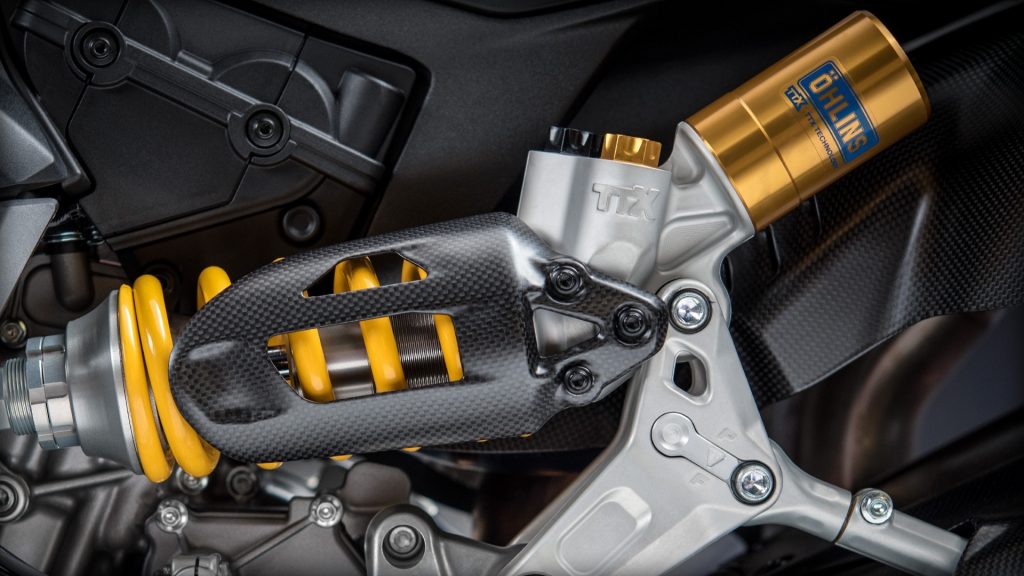
As one would expect, the 1299 Panigale R Final Edition is equipped with an entire suite of rider aid, including DWC (Ducati Wheelie Control) EVO, EBC (Engine Braking Control), DQS (Ducati Quick shifters and autothrottle blipper for clutchless downshifts), DTC (Ducati Traction Control) EVO, DDA (Ducati Data Acquisition logger). All parameters are fed through the Bosch Inertial Measurement Unit (IMU) to provide the best control solution.
Last but not least, the FE features the handsome Tricolore paint scheme and serial number etched into the top triple clamp, although the number produced will not be limited.
How much? Starting from USD 39,900 in the USA. Get one today.

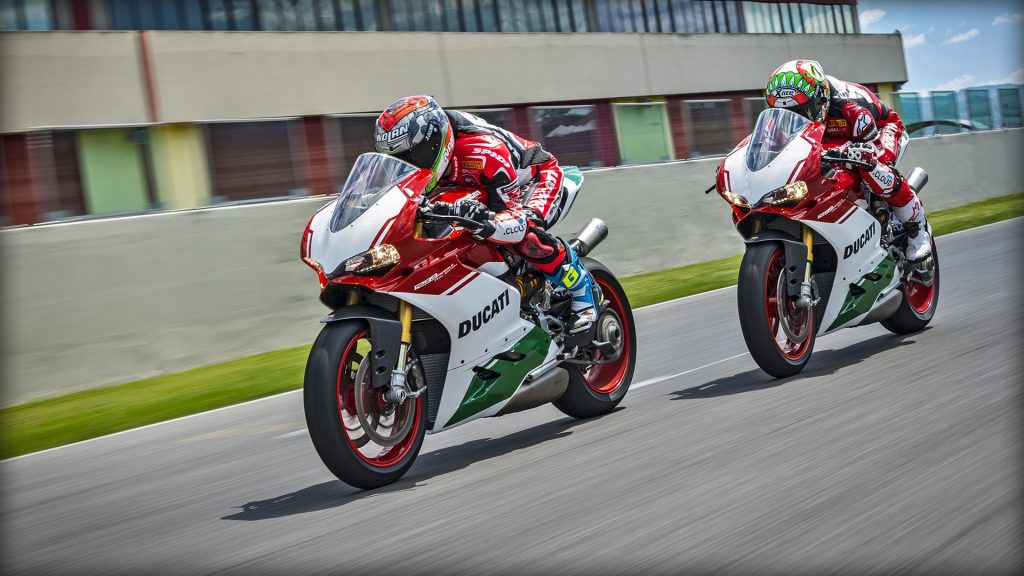
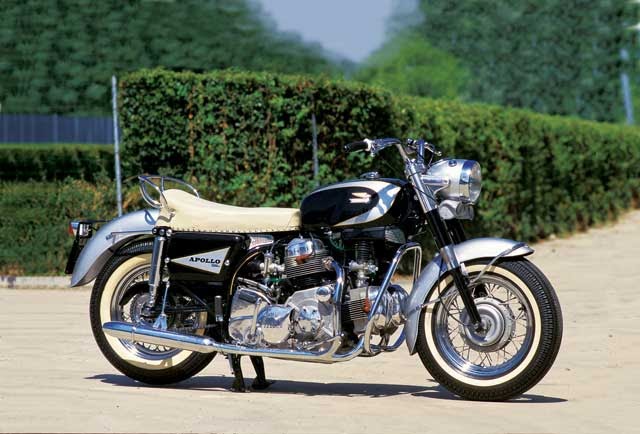

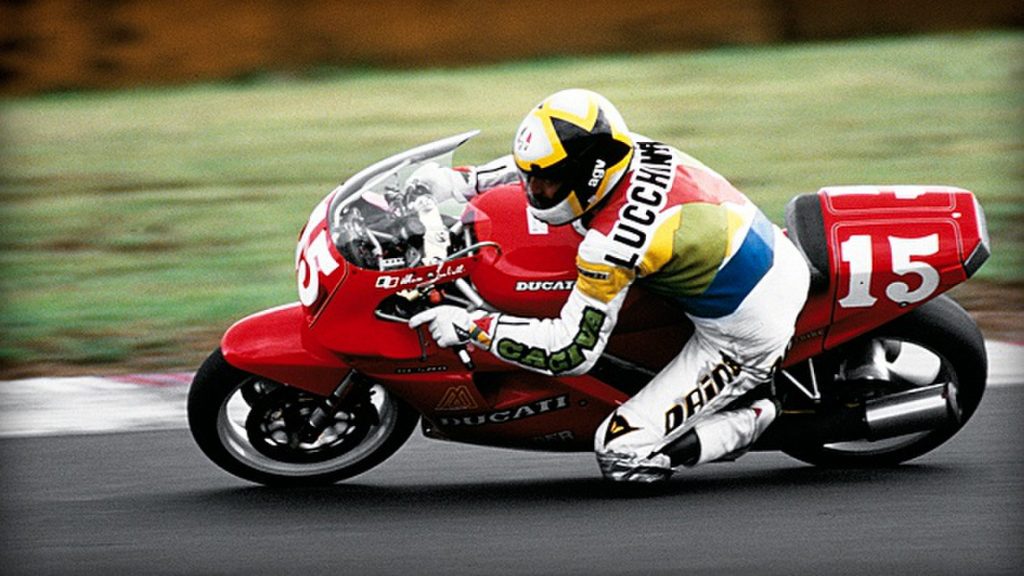
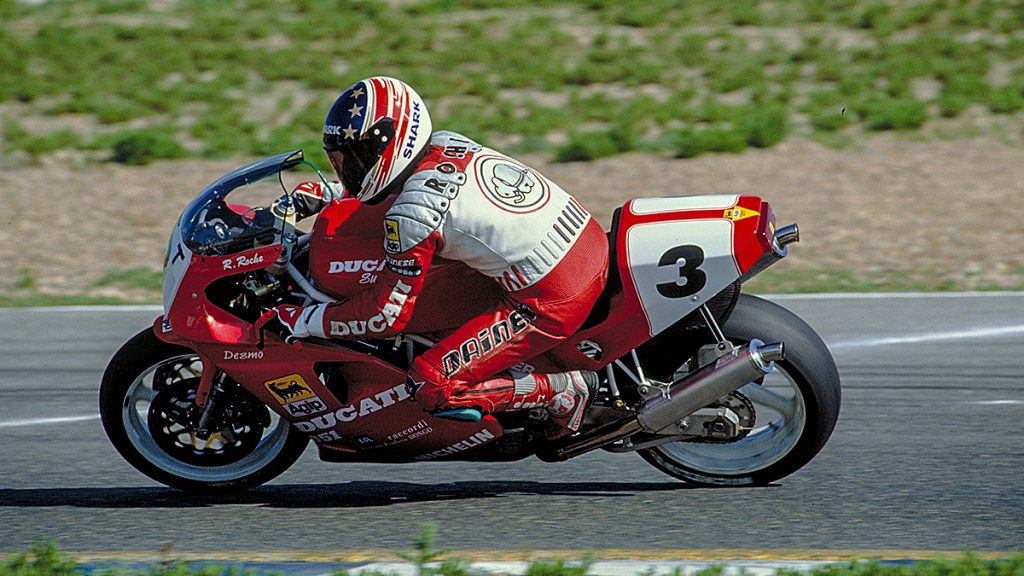


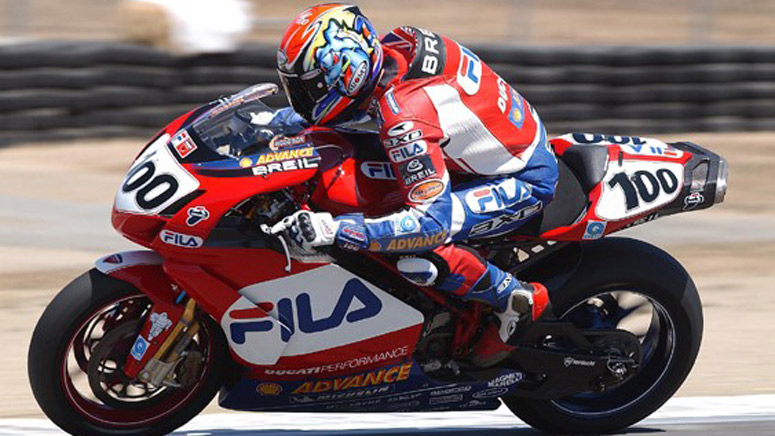
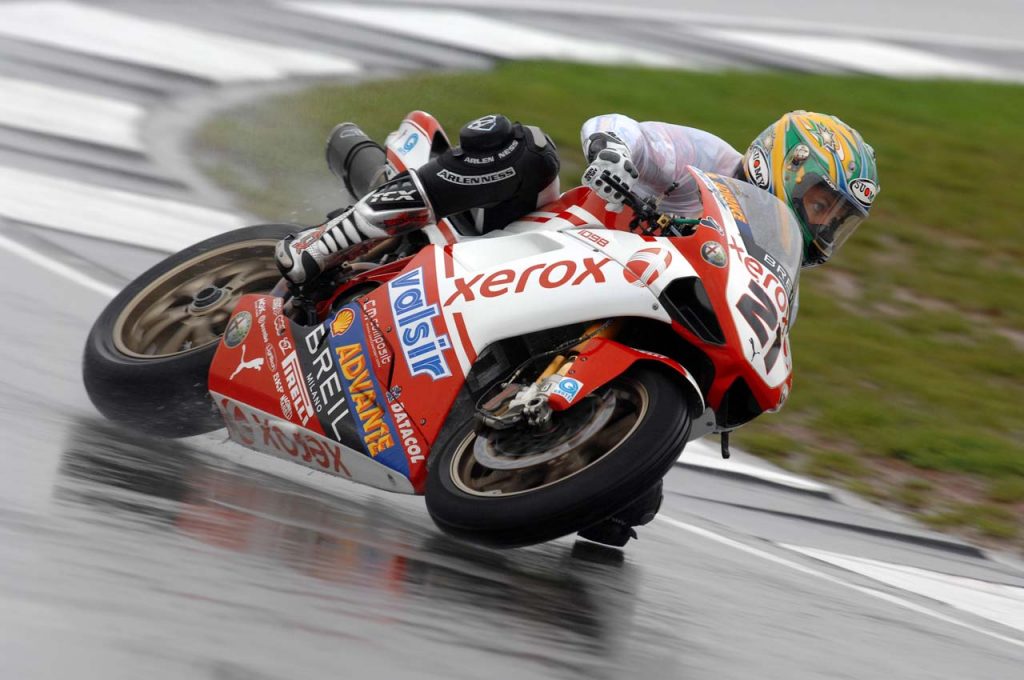
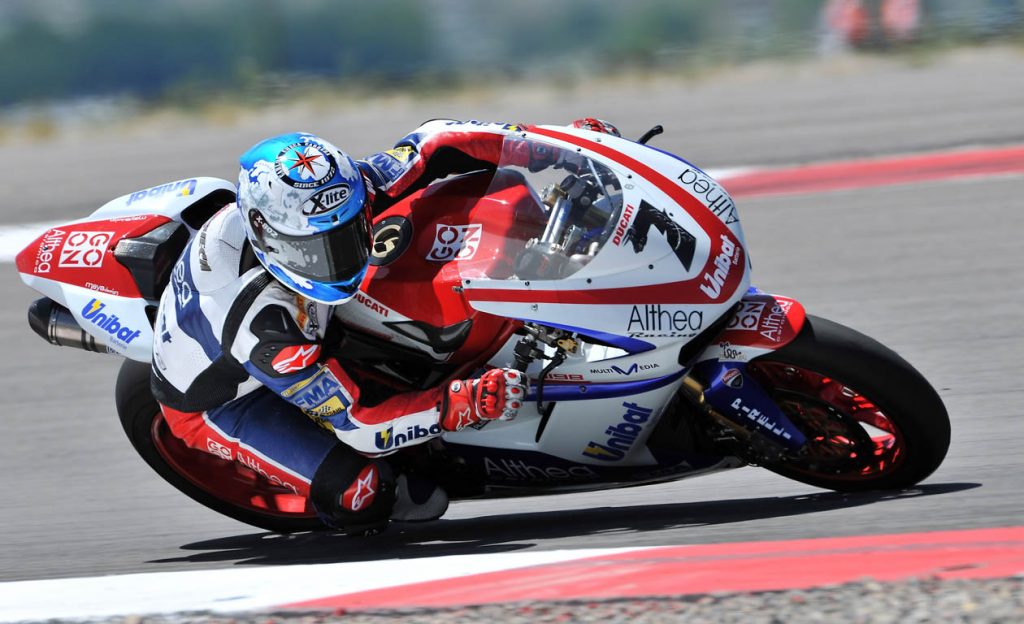
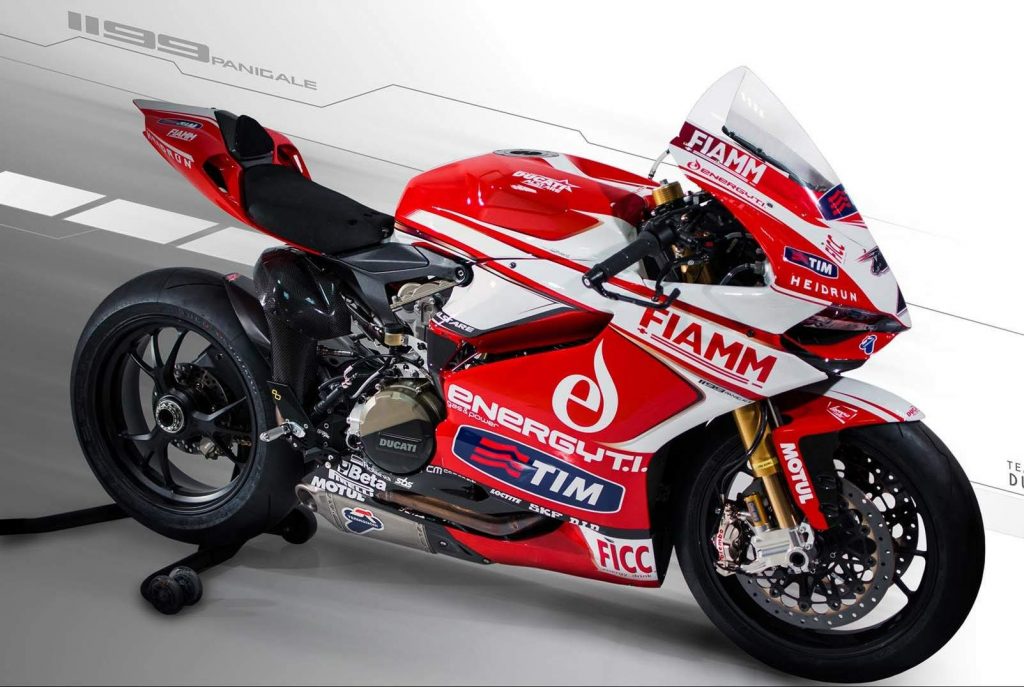
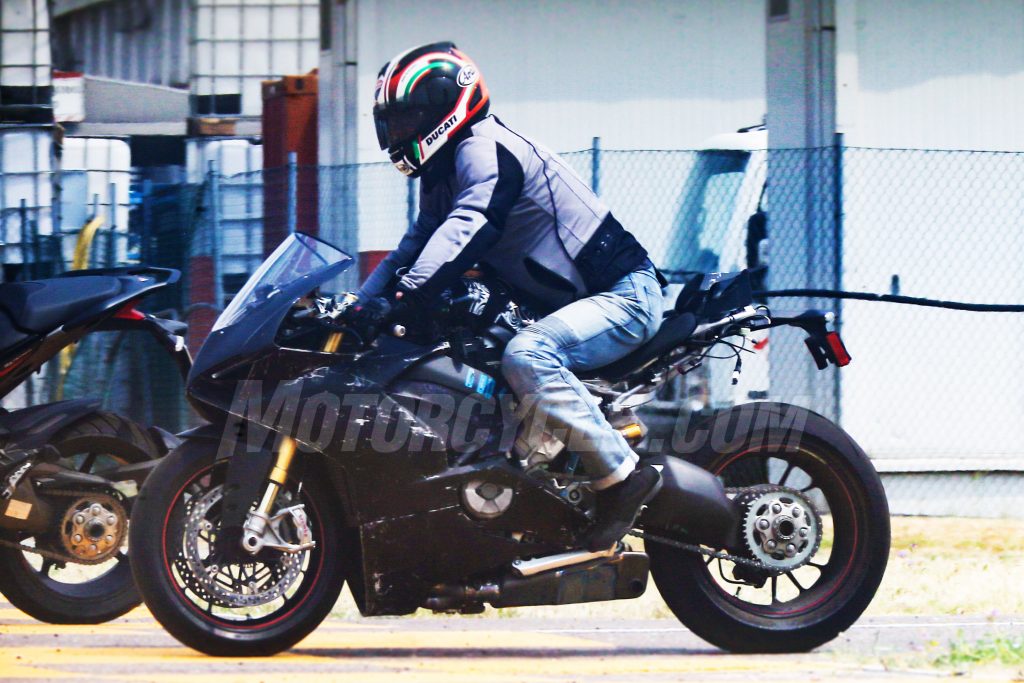

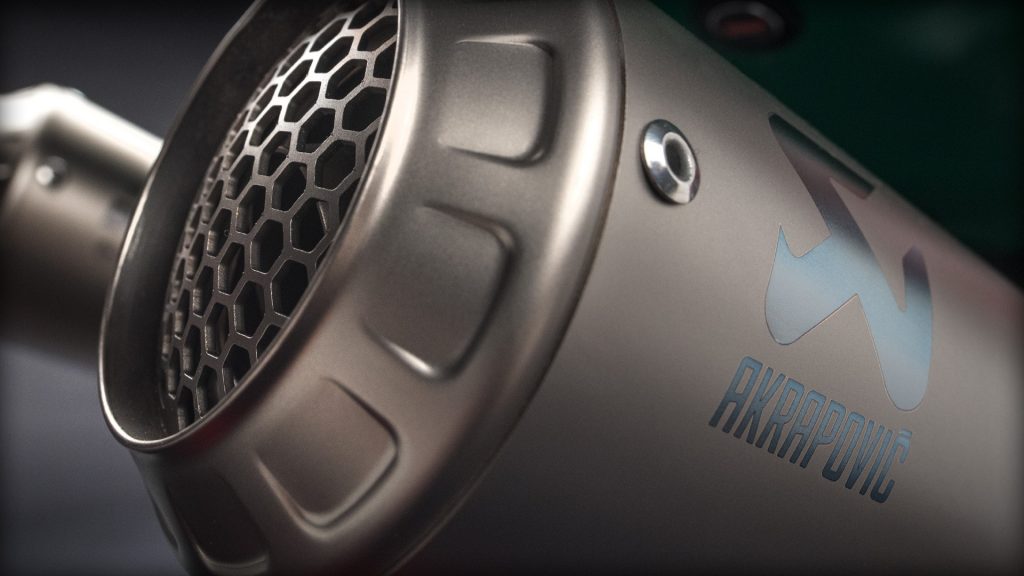
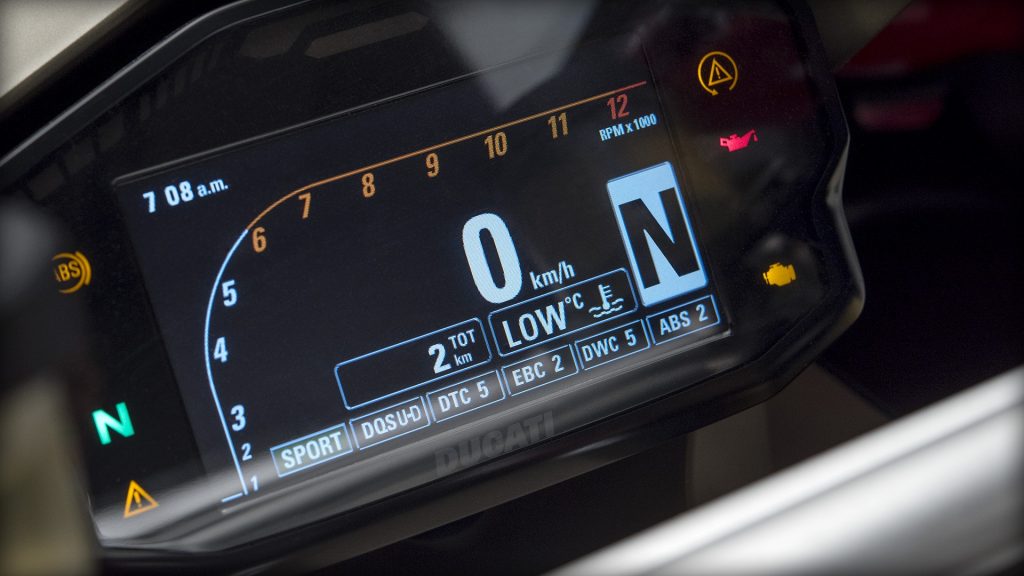

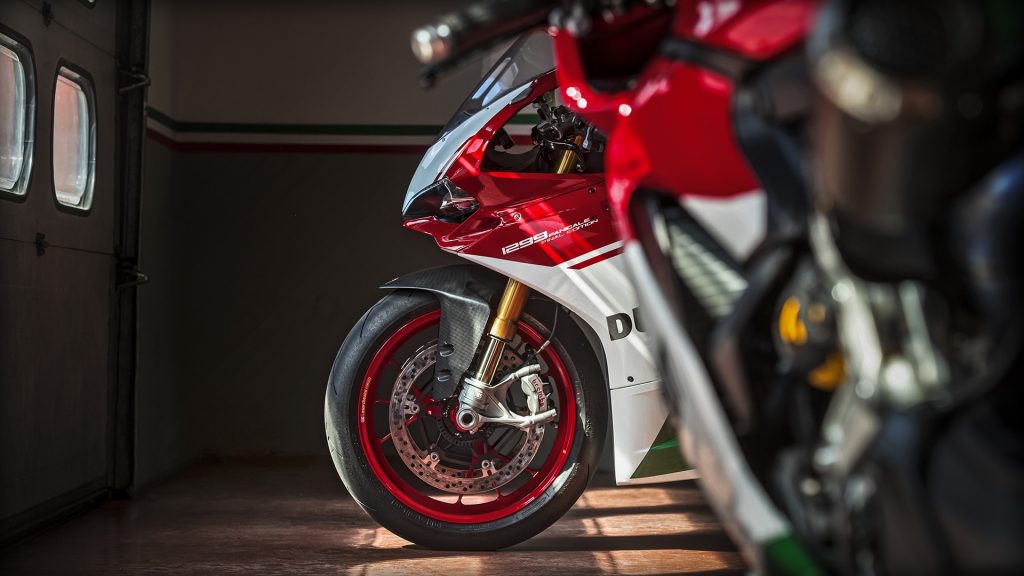

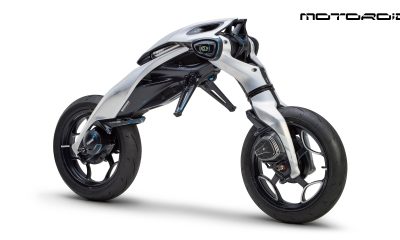
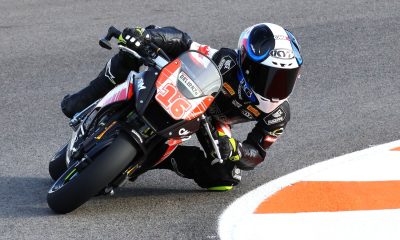
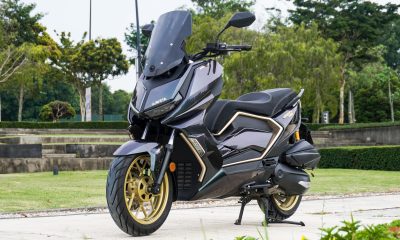

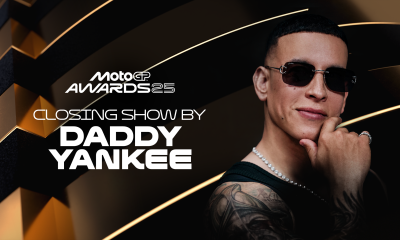
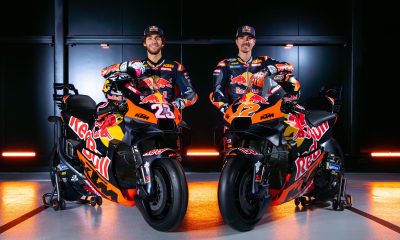
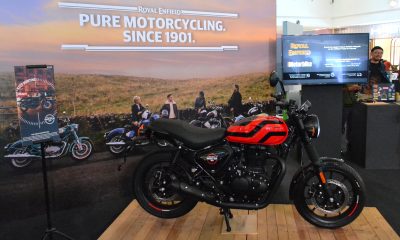
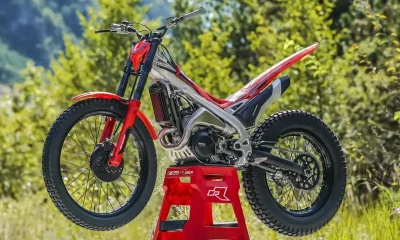
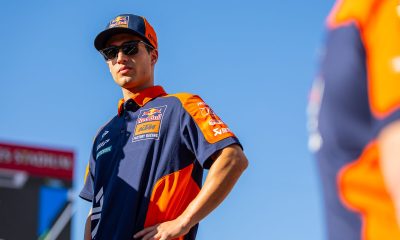

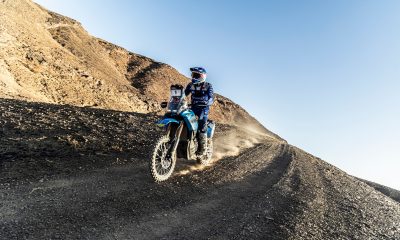
















Facebook
Instagram
X (Twitter)
YouTube
LinkedIn
RSS